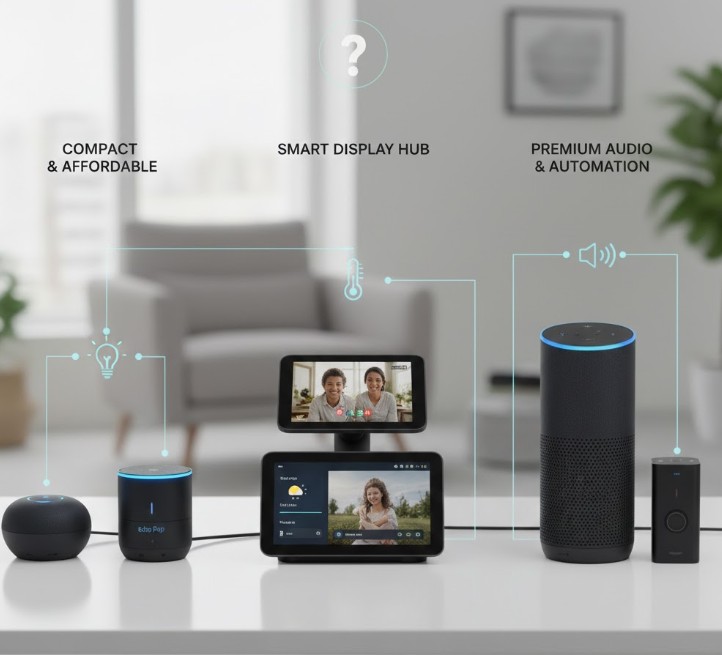This update may change the way companies monitor their workers. Teams will detect automatically when someone has connected with their company’s Wi-Fi network and mark the user as “in the office.”
On the Microsoft 365 roadmap, after your device connects to your company’s indoor Wi-Fi, Teams will update that you are in the specific building in which you are working. It is being claimed globally that Windows and macOS will see this feature come December in 2025.
Empowering Employers with Insights into Real-Time Management of Hybrid Workforces
This feature seeks to clarify in real time the whereabouts of employees under hybrid or flexible work models, thus seeking to reduce misunderstandings (“Are you actually in the office today?”) and promote collaboration in face-to-face settings.
But there are those critics who worry it can all too easily become what they describe as “[digital] micromanagement” when it tells managers someone is claiming to be on-site but is not.
Employee Concern for Privacy
The automatic monitoring of a physical location has raised huge concerns about privacy. Many employees view it as promptly decreasing autonomy, flexibility, and trust that should exist between teams and managers. This is considered especially discriminatory to their individual dynamics residing in remote and hybrid contexts.
Microsoft says that this feature will be turned off by default and must be explicitly enabled by organizations. However, the thought of being “caught” swaying truth from work location looms unsettling in many minds.
How Will This Update Impact Your Use of Teams and Your Devices?
While this feature will need to be activated by your workplace, connecting to office Wi-Fi may trigger Teams to automatically change your status, pending your approval—meaning location will change without you needing to manually tap anything. Before its December launch, users should check their account settings, privacy controls, and their organization’s intent to activate this feature. This might cause internal debates on the policy, regarding on-site presence, hybrid-work policies, and the use of data.
The Way Ahead for Employees and Employers
From team management points of view, the latter have all the reasons and every benefit to greatly manage hybrid teams, possibly streamline in-office scheduling and collaboration logistics. From the employee side, we hope that this feature either rapidly catches on or flops. They ought to be thinking about the real worth of location tracking or the use and control of data now applied to good employment. Hence, as the feature begins operation, both sides need to underscore the possibility of ongoing changes in policies pertaining to flexible work-from opt-in components versus obligatory improved tracking, and how this might affect them in multiple ways, including productivity and morale.
With the Teams update coming in soon, where they work may soon be automatically reported when they log onto the office Wi-Fi network. What that could mean for hybrid-work cultures is quite serious in evolving workplace technologies and trust, transparency, and autonomy within the digital workplace.
Read Also: Leaked Documents Expose Meta’s $16 Billion Haul from Fraud
News Source: PCmag.com







Leave a Reply